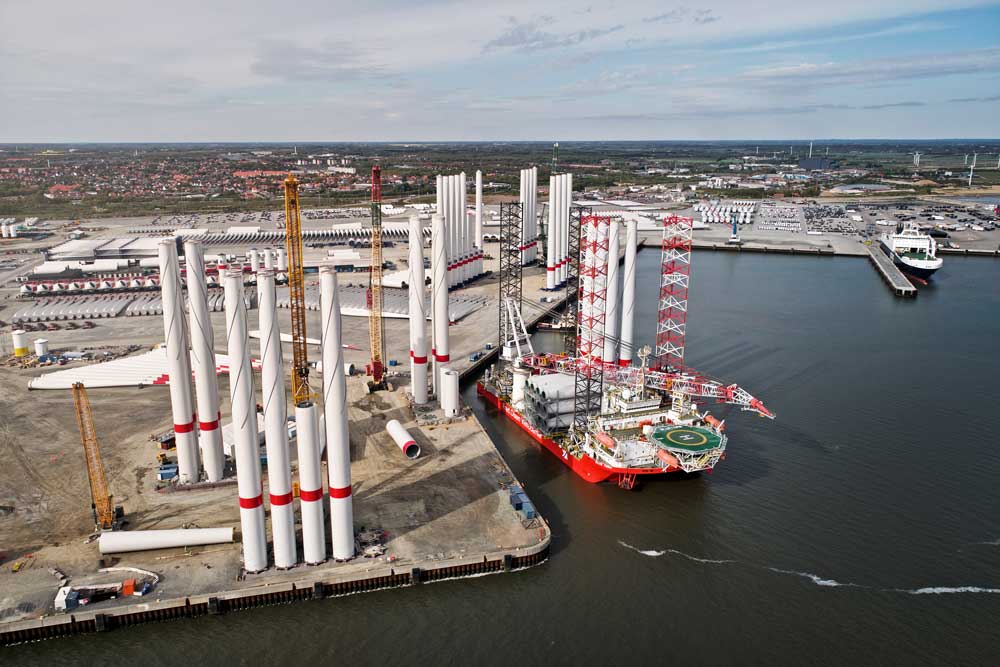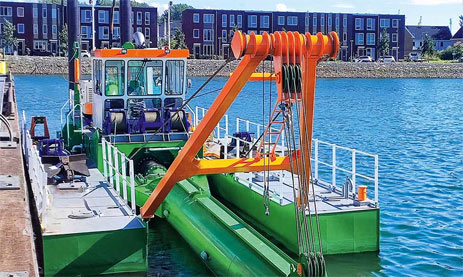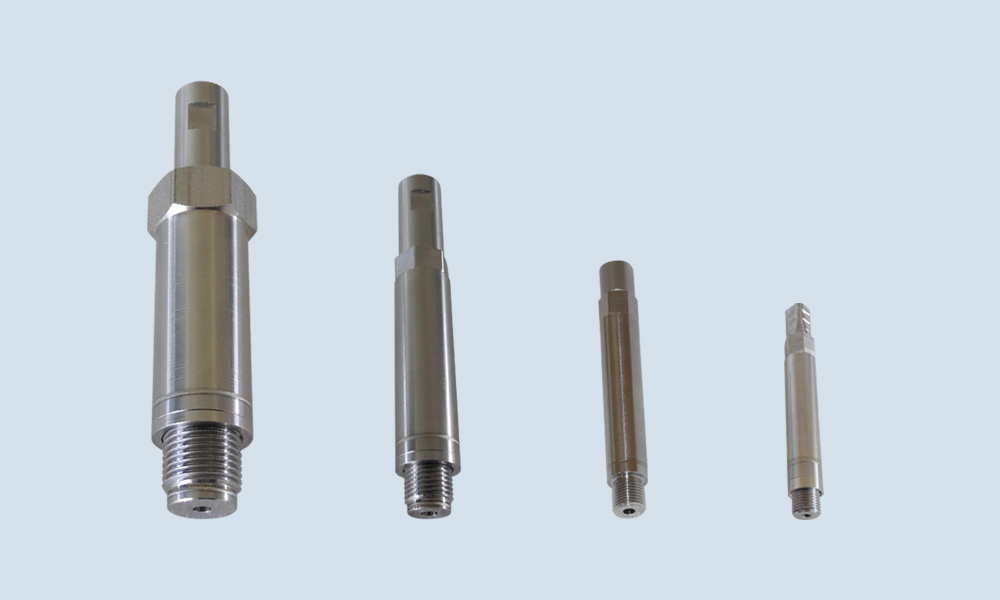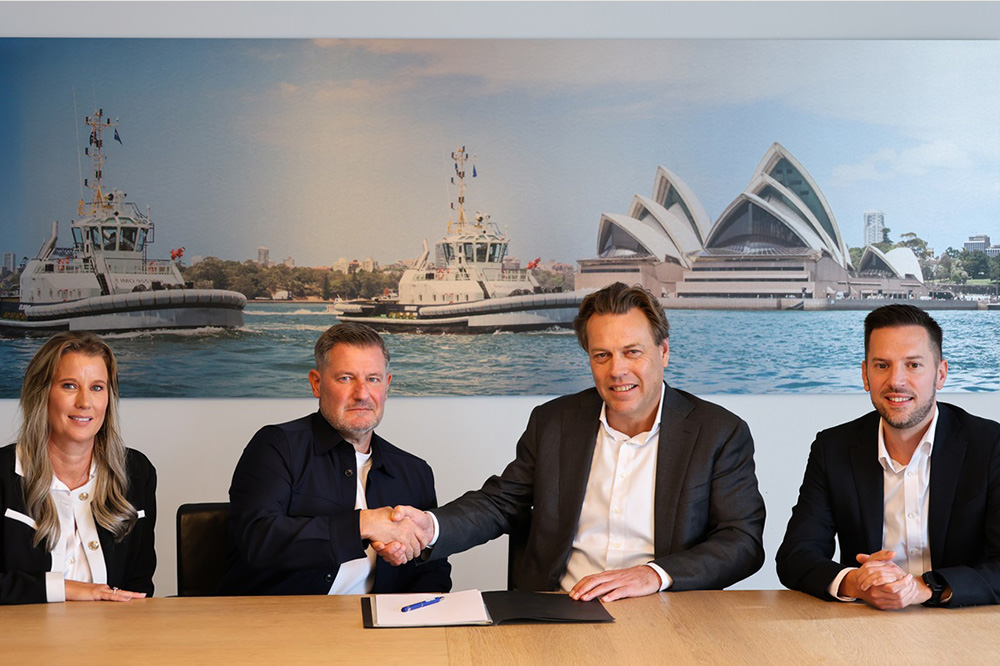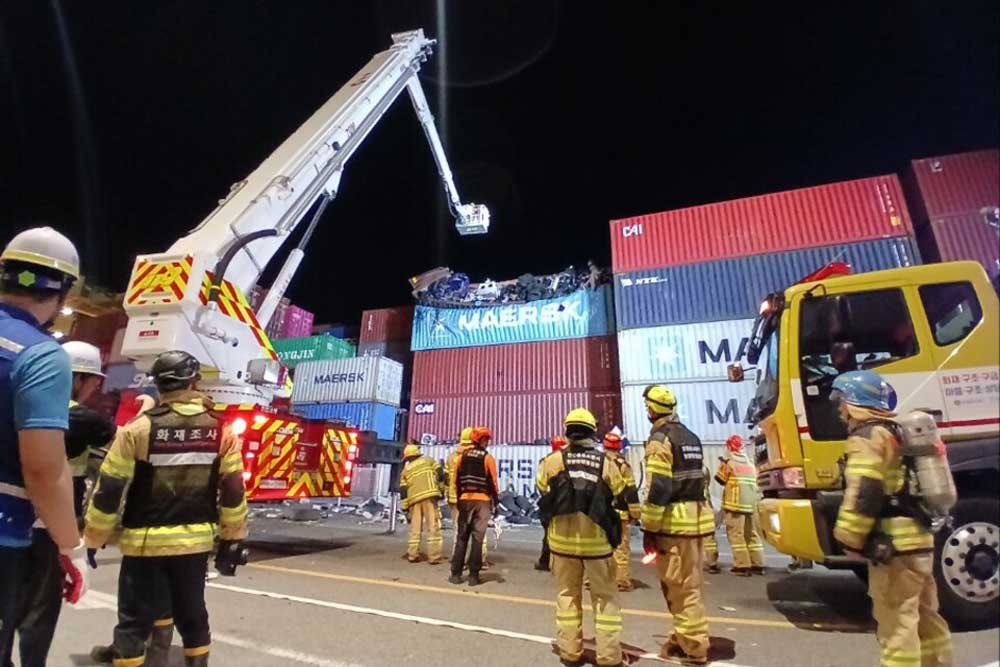Work to deepen the shipping channel in the Danish port of Esbjerg has been completed.
In future, the port will be able to accommodate larger ships and handle significantly higher cargo volumes. Throughput is set to double over the next ten years.
The project was approved in April 2024 and includes the 21.6 km fairway from the port past the offshore island of Fanø. It has now been deepened from 9.3 to 12.8 meters. As part of the work, over 3.7 million m3 of earth has been moved along the Grådyb channel. Some of the dredged material was reused for the expansion of the southern harbor area.
The deepening is intended to strengthen the port of Esbjerg’s position in European offshore wind logistics. In view of the increasing size of ships and components, the greater depth should ensure that the port remains competitive and can also handle next-generation installation vessels. In addition, Esbjerg is also a port of call for NATO naval vessels loading and unloading heavy equipment.
Esbjerg can accommodate larger ships
“This is a milestone that strengthens our position as an international hub for logistics and energy,” said Dennis Jul Pedersen, CEO of the port. “We can already see that many partners and companies in the maritime industry need ports that can accommodate significantly larger ships. This is no longer a dream of the future – it is here and now. And Port Esbjerg is ready.”
The deepening of the fairway was funded with DKK 211 million (€28.27 million) from the EU’s Connecting Europe Facility. Esbjerg was recognized as a strategic node in the Trans-European Transport Network (TEN-T). Prior to this, the port operator carried out the necessary environmental impact assessments in cooperation with the authorities.
“We have reached a decisive milestone and are opening the port to ships that are shaping the future of energy and security,” said CEO Søren Gade. “This not only strengthens the Port of Esbjerg, but also Denmark’s role in the green transition and international defense cooperation.”
CEO Pedersen added: “We now have a port that is ready for the demands of the future, and we look forward to realizing its full potential in close partnership with the energy and defense sectors.”
